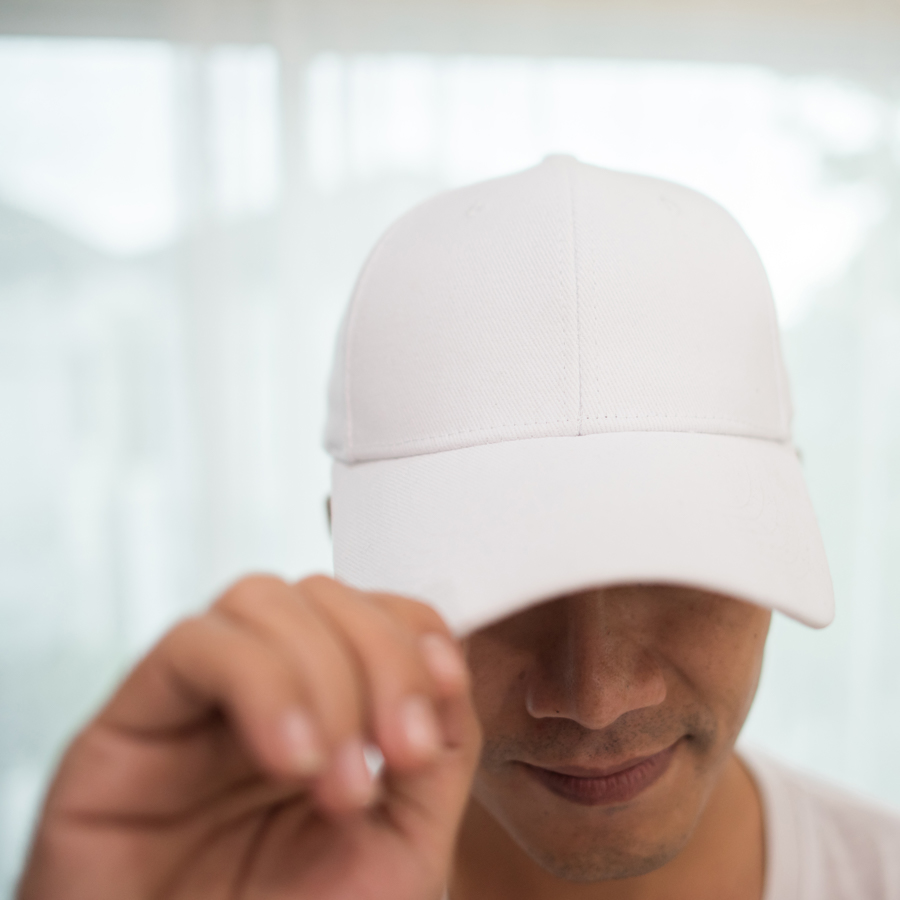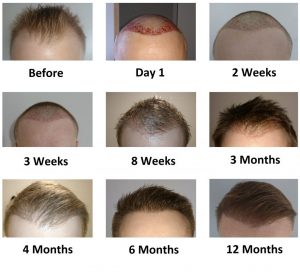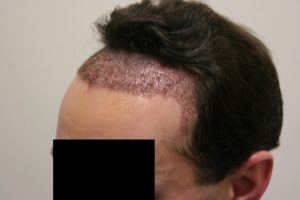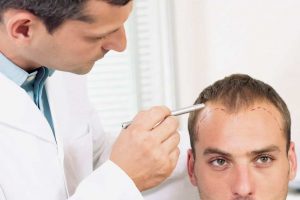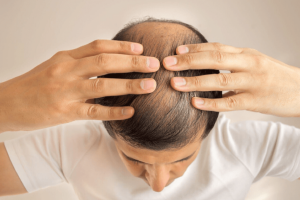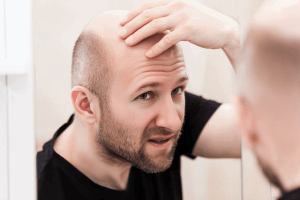Wearing a Hat After a Transplant
In the aftermath of a surgery, your newly-transplanted follicles are bound to be fragile.
In addition, you want to let your scalp breathe a little after the procedure.
This is essential to both stimulate growth and to make sure that you don’t trap sweat and dirt in your scalp, which can likewise cause problems.
For these reasons, you’ll want to make sure you wait at least six days before you put on a hat.
If you need to wear something on top of your head before then, you’ll want to make sure it is extremely light.
Maybe a light hood or hoodie.
You may look a bit like Friar Tuck, but at least the sensitive hair follicles won’t be interfered with in the same way as a suffocating hat would be.
If you absolutely must wear a hat, it needs to be extremely loose fitting.
This is true whether you make use of Follicular Unit Transplant (FUT) or Follicular Unit Excision (FUE),
Both of which involve taking hair follicles from an area on your body in which they are still healthy and in abundant supply and then transplanting them back on your scalp in areas where they have diminished.
Either way, the procedure’s first few days can be touch and go. The scalp is likely inflamed, red and raw.
This is another reason for avoiding hats in your first few days, namely that placing one snugly or even partially on your head alongside the grafts can pose serious damage to the newly-implanted grafts.
They compress them, thus stunting their growth, or even dislodge them completely.
Damaging your grafts at this crucial juncture could mean that you’ve spent thousands of dollars for nothing.
Just as annoyingly, if they dislodge some grafts, they could leave you with ridiculous-looking patchy hair growth that looks less like a full head of hair and more like a bad wig that’s been put through the shredder.
Add to that the fact that wearing a hat so soon after an operation on your scalp can irritate the sensitive skin and be painful,
and it should be clear that wearing a hat sooner than six days simply isn’t worth it.
If you want to be completely safe, after 10 days your grafts should be in a condition where you should be able to wear any kind of hat.


Wearing a Motorcycle Helmet After a Hair Transplant
One of the main reasons people look into hair transplant surgeries is to be able to enjoy activities they loved in their youth, and few things say “youthful” quite like motorcycles.
There’s something to be said for the devil may care attitude that comes with riding a bike, but you might well wonder whether it’s good for your hair grafts.
While we have the romantic image of the wind blowing through one’s hair James Dean-style while riding,, that much wind rushing against your scalp that fast at that amount of pressure can blow the grafts right out.
Of course, most motorcycle riders know better than to ride so recklessly, which is why they wear helmets – but can you wear those so soon after a hair transplant?
You can probably already guess that the short-term answer to that question is a resounding “No.”
You shouldn’t wear a motorcycle helmet soon after a hair transplant, certainly for the first 3 weeks after the procedure.
All of those reasons for not wearing a hat are exacerbated even more with wearing a motorcycle helmet.
It needs to fit even tighter, for obvious reasons, and it isn’t like motorcycle helmets are very breathable compared to the fabric used in a baseball cap.
Add to that the fact that a helmet can trap heat and cause your head to get very warm – another bad sign for the health of your newly-transplanted hair follicles
– and it starts to become clear just what a bad idea wearing a helmet prematurely can be.
That’s why you’re going to want to make sure that you wait at least three weeks before you even think about putting a helmet back on.
In the meantime, you’ll have to find an alternate way of getting around.
Wearing a Bandana After a Hair Transplant
What about a bandana?
You might well think that this would be a better solution given the fact that, unlike a tight hat, a bandana does not need to fit your scalp tightly.
The material in a woven bandana is much lighter than your average fedora or baseball cap, meaning it’s both more breathable and not as tight around the sensitive grafts.
The former point is important for allowing your scalp to breathe and prevent a build up of sweat and dirt,
while the latter can help ensure that you do not compress or dislodge the grafts or irritate your skin.
Still, if you have to wear a head covering post-op, a bandana, a hood, or an extremely loose-fitting hat are your best bet.

Wearing a Hat After the 10-Day Mark
10 days after your hair transplant procedure, you should be in the clear to wear a hat as you did before your surgery.
What’s more, you’ll probably want to wear a hat at this point because while the procedure itself should not produce any long-term scars that would be visible to others after your hair grows in,
Before that period there may still be some evidence visible.
What’s really important about wearing hats even after the 10-day period is to let your scalp breathe whenever possible.
Even though this is not as important as in that initial five- to six-day period,
You need to make sure that you remain gentle with your scalp until your new hair has grown in thick enough to where you don’t need to worry about it anymore.
It is completely understandable why you might want to wear a hat in the aftermath of a hair transplant surgery.
Even so, you want to make sure that you don’t cause all of that time, money, and effort to go down the drain simply because you wore the wrong hat at the wrong time.
Thankfully, with the help of this guide, you can wear a head covering the right way with confidence without disturbing your new hair transplant.

Pharmacist with special interest in hair loss and hair transplantation.
Read my book on hair transplants in Turkey on Amazon:
https://track.more-info.co.uk/amazon/authorprofile

